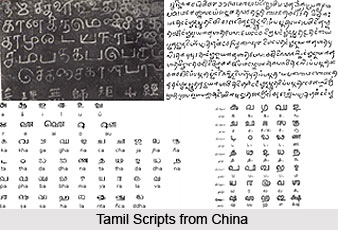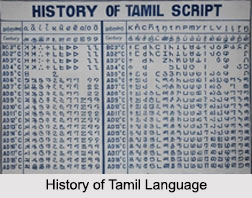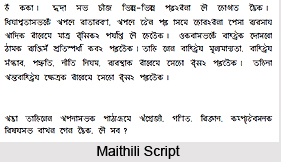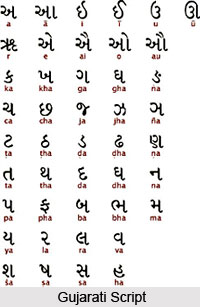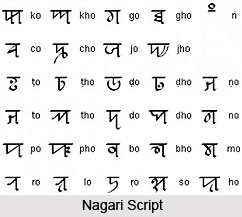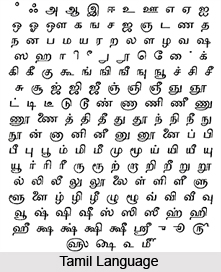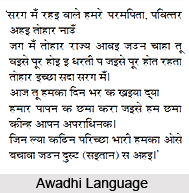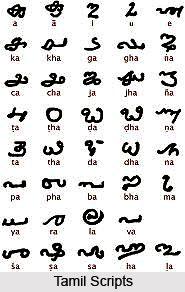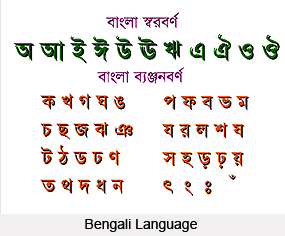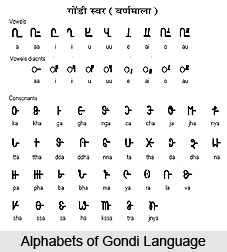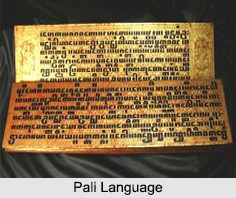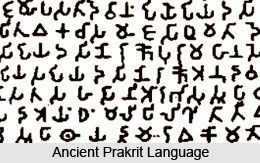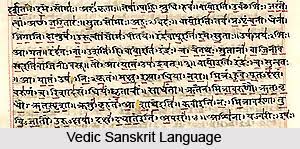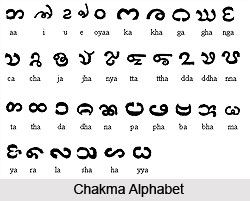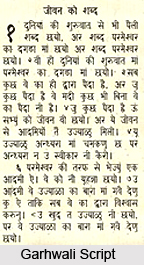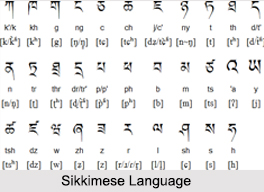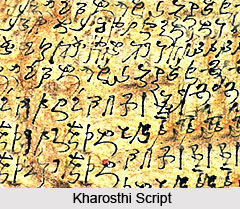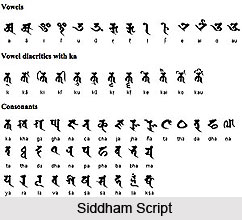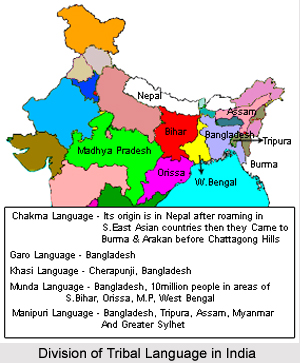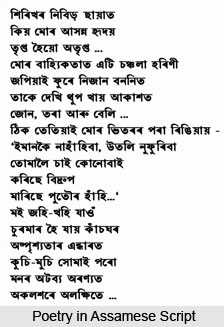Introduction
Kannada, an esteemed Dravidian language, holds a significant position as one of India`s oldest languages, with a rich heritage dating back thousands of years. Its widespread usage is evident among approximately 45 million (4.5 crore) speakers in diverse linguistic forms. As the official language of Karnataka state, Kannada assumes a pivotal role in regional communication and administration. Internationally, Kannada commands recognition as the twenty-ninth most spoken language.
The written form of Kannada employs the Kannada script, an ancient script derived from the Brahmi script, which traces its roots back to the sixth century AD during the Western Ganga Empire. Throughout history, Kannada`s written patterns have evolved over fifteen hundred years, witnessing their pinnacle during the Rashtrakuta Empire of the ninth century, where Halagannada literature enjoyed significant royal patronage.
Kannada`s literary legacy is commendable, boasting an illustrious tradition that has endured through the ages. Among its admirers was Vinoba Bhave, who hailed the Kannada script as the "queen of scripts," further cementing its reputation as an exceptional linguistic and literary entity.
Linguistic History of Kannada
Kannada boasts of a remarkable linguistic history dating back more than 1500-1600 years. Evidence of its early development is evident in the Halmidi inscription from the fifth century, indicating a well-established state of the language during that era. Indian linguists have meticulously delineated this linguistic evolution into four comprehensive phases, illustrating the significant changes and influences that have shaped Kannada over time. Social and religious factors have played a crucial role in molding the language`s trajectory, infusing it with unique characteristics and cultural nuances.
Poorvada Halegannada or Pre-ancient Kananda
This is the first phase of Kannada language and marks the very first phase of its development. The famous Halmidi scripture, dated back to the 5th century CE, were written down in Kannada. The Kannada language that was used in these inscriptions had high influences of Sanskrit. However, as per various inscriptions, the Kannada languages existed much before the writings of these Halmidi inscriptions. In fact, the origin of Kannada can be traced to the ancient scriptures in India. The first written record in the Kannada language is found in Emperor Ashoka`s Brahmagiri decree, which dated back to as early as 230 BC, thus proving that Kananda existed for the last sixteen hundred years.
Halegannada or Ancient Kannada
This marks the second phase, covering a time period of 9th to 14th centuries CE. It is in this genre that Kannada reached its zenith producing unique literary works. By and large, several Jain and Saivite poets had delivered wonderful works during this phase.
The origin of Jain puranas, also known as Virashaiva Vachana Sahitya or only vachana were produced in this phase of Kannada language development. Primitive Brahminical literary works also proliferated at this phase. By the 10th century, beautiful poems and prose works were written in Kannada, proving that a extensive number of classical prose and poetry works in Kannada had been flourished a few centuries before `Kavirajamarga`. Kannada The grammar of Kananda language too is quite ennobled. Examples are numerous. Amongst them Nagavarma II`s Karnataka-bhashabhushana (1145) and Kesiraja`s Sabdamanidarpana (1260) can be cited as the ancient most works of grammar.
Nadugannada or Middle Kannada
The third phase started from the 14th century and continued till 18th century CE. During this time, Brahmanical Hinduism had an enormous impact on Kannada language and literature. Ethereal poems are the gems of Kannada language and literature and these were composed during this phase by Non-brahmin Hindu saints, namely, Kanakadasa and also Brahminical saints of the Vaishnava sect, better known as Jagannathadasa, Purandaradasa, Naraharitirtha, Vyasatirtha, Sripadaraya, Vadirajatirtha, Vijaya Dasa. Kanakadasa`s Ramadhanya Charite is an outstanding work, dealing with the concern of class struggles. Famous Haridasa Sahitya, which influenced the gestation of Carnatic music, too falls a part of this Kannada language developmental phase.
Hosagannada or Modern Kannada
This is the last phase of Kannada language and literature. The Kannada works that were produced at the end of the 19th century and also much later are categorized as Hosagannada or Modern Kannada. According to many scholars, however, this phase continued till the beginning of the 20th century. Few literary works in Kannada were produced at this time. Most distinguished among them are the works of renowned poet Muddana. His works may be depicted as the "Dawn of Modern Kannada". Broadly speaking, experts discovered that Indira Bai or Saddharma Vijayavu written by Gulvadi Venkata Raya as the primary literary works in Modern Kannada language development.
Development of Kannada language in 20th Century
During the 20th century, the Kannada language witnessed an extensive and remarkable development, earning it the esteemed status of an advanced language as recognized by the central government. Its widespread use on the internet and its burgeoning significance in the realm of commerce has further contributed to its growth as a leading language.
The influence of Sanskrit on Kannada has been truly extraordinary, shaping and enriching its linguistic characteristics. Additionally, traces of influence from languages like Prakrit and Pali have also contributed to the language`s diversity and evolution. The Kannada script, serving as the written form of the language, has played a vital role in preserving and disseminating its literary works and cultural heritage.
Beyond its own boundaries, Kannada`s influence extends to other local languages of Karnataka, namely Tulu, Kodava Takk, and Konkani, which have been significantly impacted by its linguistic prowess. Moreover, the Telugu script has adopted elements from the ancient Kannada script, illustrating the profound historical connections between these languages.
Influence of Sanskrit in Kannada language
Throughout its ancient history, the Kannada language has experienced a profound influence of three distinct linguistic sources, namely Paninian Sanskrit grammar, Apaninian grammars like Katantra and Shakayana, and Prakrit grammar.
Evidence indicates the utilization of Granthika Prakrit in ancient Karnataka, establishing a historical connection between the Deshya Prakrit speakers and Kannada speakers. Their mutual contact and interaction nurtured each other`s linguistic developments, possibly predating the usage of Kannada as a language of worship and royalty. This early interaction paved the way for the profound impact of Sanskrit and Prakrit on various aspects of Kannada, including phonology, structure, vocabulary, grammar, and linguistic experimentation.
The historical and organic amalgamation of these linguistic elements has contributed to the richness and diversity of the Kannada language, exemplifying its openness to incorporating and adapting influences from its cultural and linguistic surroundings.
Kannada Literature
Kannada literature has a rich and vibrant history that spans centuries, beginning with the composition of the first Kannada poem in the tripadi rhyme. Around 700 poems can be found in the Arabhata inscription, reflecting the early literary endeavors in the language. A significant milestone in Kannada literature was the Kavirajamarga, authored by Raja Nripatunga Amogha Varsha. This seminal work encompassed literary criticism and poetry, aiming to unify the various Kannada dialects of that era.
During the fifteenth to eighteenth centuries, the Kannada language and literature experienced a glorious renaissance. The period witnessed the emergence of Kumaravyasa, renowned for his magnum opus "Karnata Bharata Kathamanjari," a masterpiece based on the Mahabharata, written in hexadecimal rhymes. Sanskrit`s profound religious and social influence on Kannada was at its zenith during this period, leading to the incorporation of Marathi and Hindi words related to state administration and zamindari.
The Vaishnava saints, known as Haridasas, made significant contributions to Kannada literature, penning devotional poems called Dasa Padas. Among them, Purandara Das, hailed as the father of Carnatic music, attained unparalleled fame for his timeless contributions. In the nineteenth century, Kannada literature underwent a transformation, giving rise to Hosagannada. Notable figures like Muddana, Nandaslik Lakshminaranappa, and Gulwadi Venkataraya ushered in a new literary tradition. The works of foreign authors, such as Pilgrim`s Progress and proverbs by Connery, were adapted into Kannada, broadening the literary horizons.
The twentieth century witnessed the influence of various movements like the Renaissance, Navya, Navyotara, Dalit, and Bandaya on Kannada literature. The literary landscape flourished, and prominent names like Kuvempu, D.Ra.Bendre, V.K.Gokak, and others left an indelible mark on the literary world. Kannada literature has received great recognition, with eight Jnanpith Awards and numerous Central Sahitya Akademi Awards.
Today, Kannada literature continues to thrive and resonate with all sections of society. The legacy of esteemed writers such as Bhairappa Navara and Shivarama Karanta extends beyond Kannada, with their works translated into fourteen Indian languages.
Kannada Dialects
Kannada, like many other languages, exhibits variations between its written and spoken forms, leading to diverse dialects across different regions. The spoken Kannada language displays regional variations, resulting in distinct dialects based on geographical locations. However, the written form of Kannada remains largely consistent throughout most parts of Karnataka.
Within the linguistic tapestry of Kannada, more than twenty dialects can be identified, each possessing unique linguistic characteristics. Some prominent examples include Kundagannada, Kotagannada, Havyaka Kannada, Arebhashe (Gaudakannada), and Soliga Kannada. Kundagannada is spoken primarily near Kundapur, while Havyaka and Soliga Kannada find usage among their respective communities. Furthermore, Kannada dialects have adapted and evolved to cater to specific regions and communities, giving rise to dialects like Nadava Kannada, Malenada Kannada, and Dharwad Kannada, each possessing its distinct linguistic nuances.
One intriguing language resembling a dialect of Kannada is Badaga, with historical records of using the Kannada script as early as 1890. Additionally, languages like Holiya and Urali exhibit close similarities with Kannada, further enriching the linguistic diversity within the region.
Official Recognition of Kannada
The official recognition of Kannada as an advanced language came to fruition through the endorsement of recommendations put forth by linguists appointed by the Ministry of Culture, under the auspices of the central government. This prestigious status bestowed upon Kannada solidified its position as one of India`s esteemed languages. Garnering the fourth place of honor among all Indian languages, Kannada`s linguistic significance and cultural heritage were duly acknowledged and celebrated.
As a reflection to its growing prominence, a momentous milestone occurred in July 2011 with the establishment of a dedicated center for the study of “Abhijata Kannada†at the esteemed Central Institute of Indian Languages, located in the historic city of Mysore. This specialized center aimed to facilitate in-depth research and scholarly pursuits related to the language, fostering a deeper understanding of Kannada`s linguistic nuances and cultural expressions.
Kannada Alphabet
The Kannada alphabet, consisting of 49 letters, stands as a formidable verbal alphabet with a wide presence across various Indian languages. Notably, the Kannada script shares a close resemblance with the Telugu script, and both scripts trace their origins back to the ancient Kadamba script.
The complexity of the Kannada script arises from its accentuation and spelling intricacies. Each symbol within the Kannada script represents a syllable, distinguishing it from languages like English, where a symbol typically signifies a single word. In essence, if language serves as a symbol for conveying meaning, then the script acts as a symbol for language itself.
Over the centuries, diligent scholars have conducted extensive studies to trace the evolution of the Kannada alphabet from the ancient Brahmi script. Through their efforts, alphabet charts were formulated, and letter forms were identified, unveiling the fascinating journey of letterforms through time. The establishment of the present form of the Kannada script aligned with the advent of printing, which played a pivotal role in standardizing and preserving its visual representation. Among the world`s 18 types of scripts, 8 fall under the category of alphabetic scripts, with the rest belonging to hieroglyphic scripts.
The rich linguistic heritage of India boasts numerous scripts derived from the ancient Brahmi script, with the influence of Parso-Arabic scripts evident in languages such as Urdu, Kashmiri, and Pushtu. These diverse scripts symbolize the cultural and historical diversity of India`s linguistic landscape.
